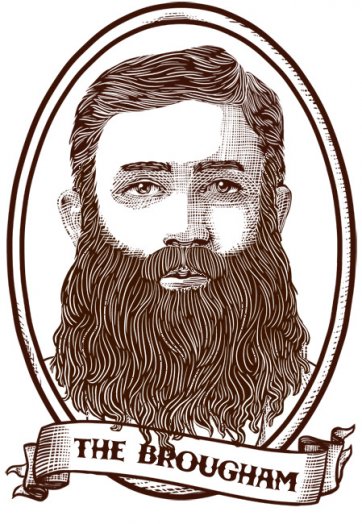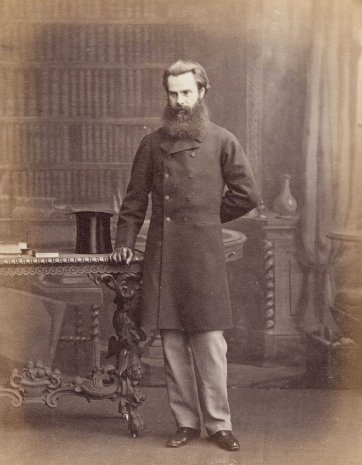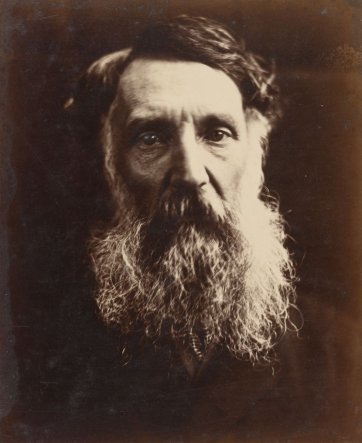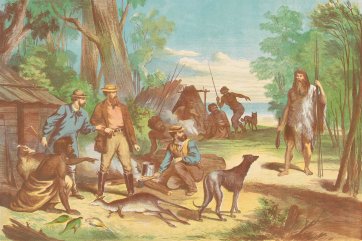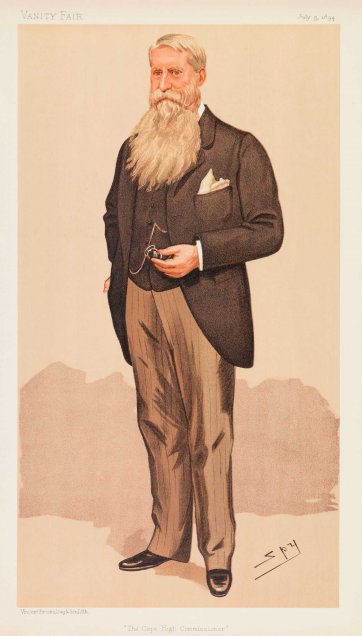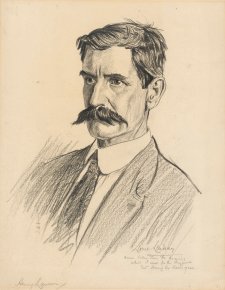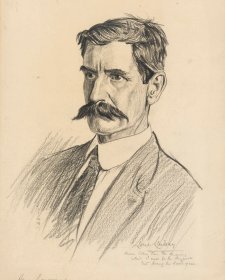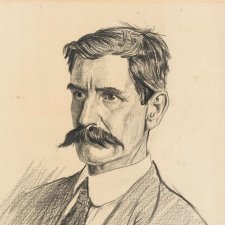The Loch and other styles of abundant beard were argued by some during the beard heyday of the mid 1800s to have health benefits: they kept the face and neck protected from the elements, and had the effect of filtering out disease-causing dust or pollutants. ‘Why shave?’ asked an essay published by Charles Dickens in 1853, when it was nothing but ‘a painful, vexatious and ... actually unwholesome custom.’
- About us
- Support the Gallery
- Venue hire
- Publications
- Research library
- Organisation chart
- Employment
- Contact us
- Make a booking
- Onsite programs
- Online programs
- School visit information
- Learning resources
- Little Darlings
- Professional learning
